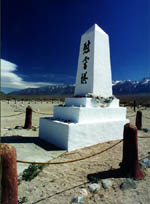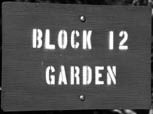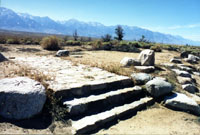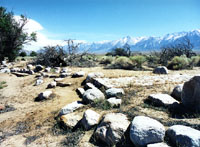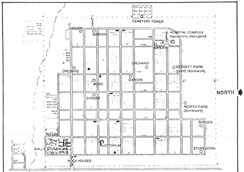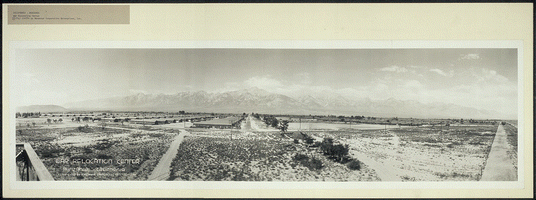
Copies of this panoramic photo of Manzanar can be obtained by contacting
|
|
Before Los Angeles siphoned off all of the water in Owens Valley, before the Carson & Colorado Railroad, before the internment of our own Japanese American citizens, before the mining, sheep, cattle and agricultural pioneers, the area of Manzanar was used for centuries by the native Shoshone and Paiute indians. It wasn't until the early 20th century (around 1910) that the area of Manzanar developed into a thriving agricultural community. Remnants of these orchards are stil visible today.
Two months after the Japanese attack on Pearl Harbor in 1941 President Roosevelt signed the order to intern all people of Japanese ancestry. By March of the next year construction had begun on the Japanese internment camp at Manzanar located between Lone Pine and Independence in Owens Valley. Manzanar interned approximately 10,000 people (most of them American citizens) on some 6,000 acres of arid desert land. The facility consisted of the internment camp, agricultural use areas, a reservoir, airport, cemetery, and sewage treatment plant. Approximately 550 acres of this area was surrounded by barbed wire and guard towers containing the living area for the internees and various administrative facilities.
All that remains of the camp are rock foundations, tumbleweeds, dead orchards and the forever-changed lives of those surviving 10,000 internees. The monolithic marker in the cemetery is an ever-present reminder of the final price that some Japanese Americans were required to pay just because of their cultural heritage.
Charlie Mulcahy of Wilmington, CA writes:

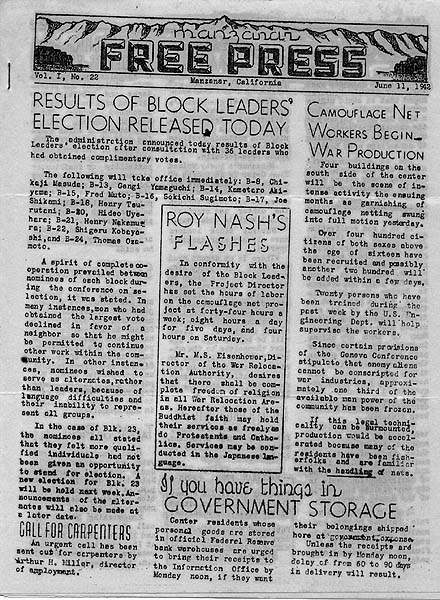
|
|
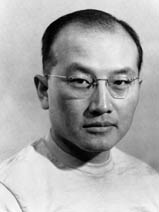 Roy Takeno - Editor of the Manzanar "Free Press" |
|
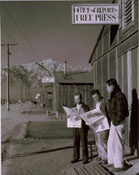 Roy Takeno, and group, reading the paper in front of the Free Press. (Ansel Adams photo) |
||
|
|
|
|
|
Simply type in the word Manzanar and let the search begin. |
|
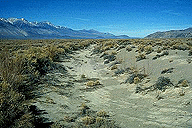
Dry ditch at the site of Manzanar
 369 East First Street, Los Angeles, California 90012 phone: (213) 625-0414, fax: (213) 625-1770 |
|
Sign Guest Book |
 The Pigmy Packer |
View Guest Book |
|
|
|
|||
